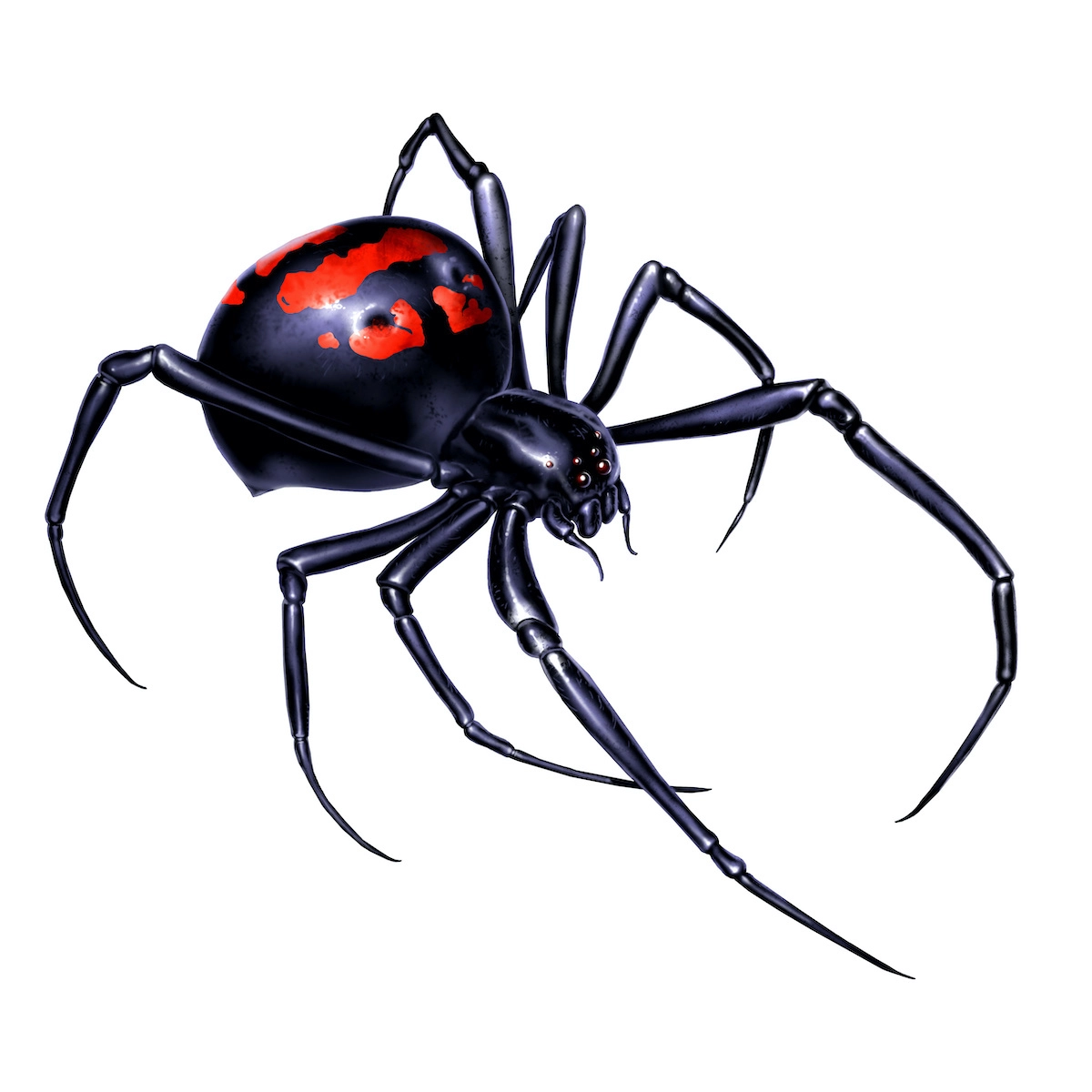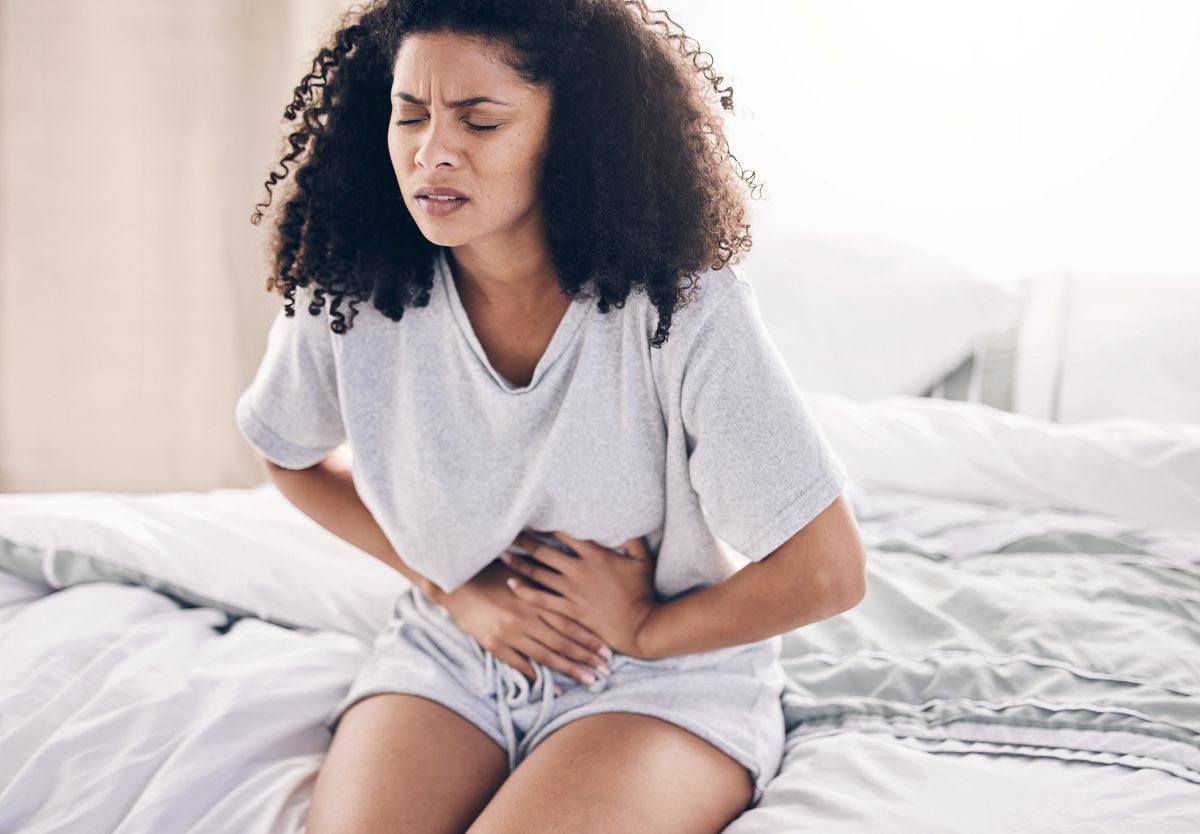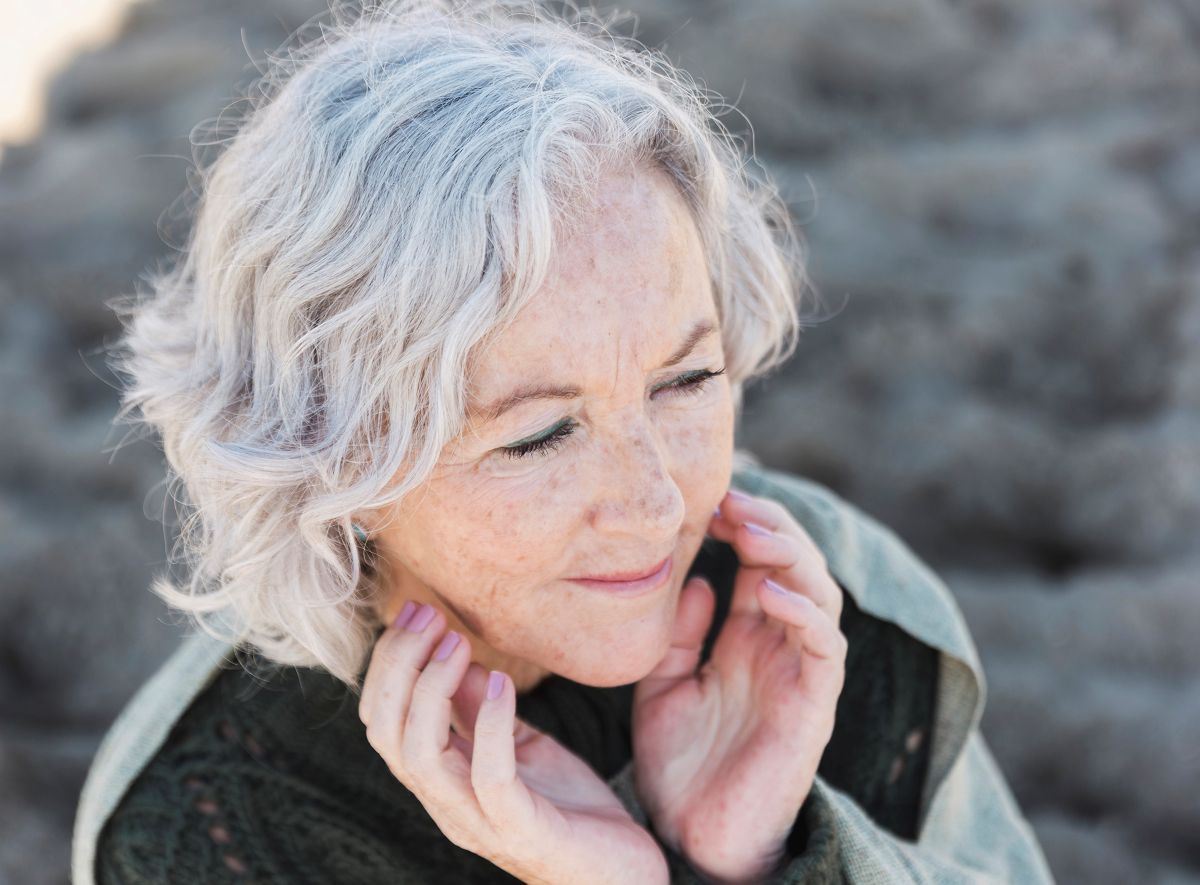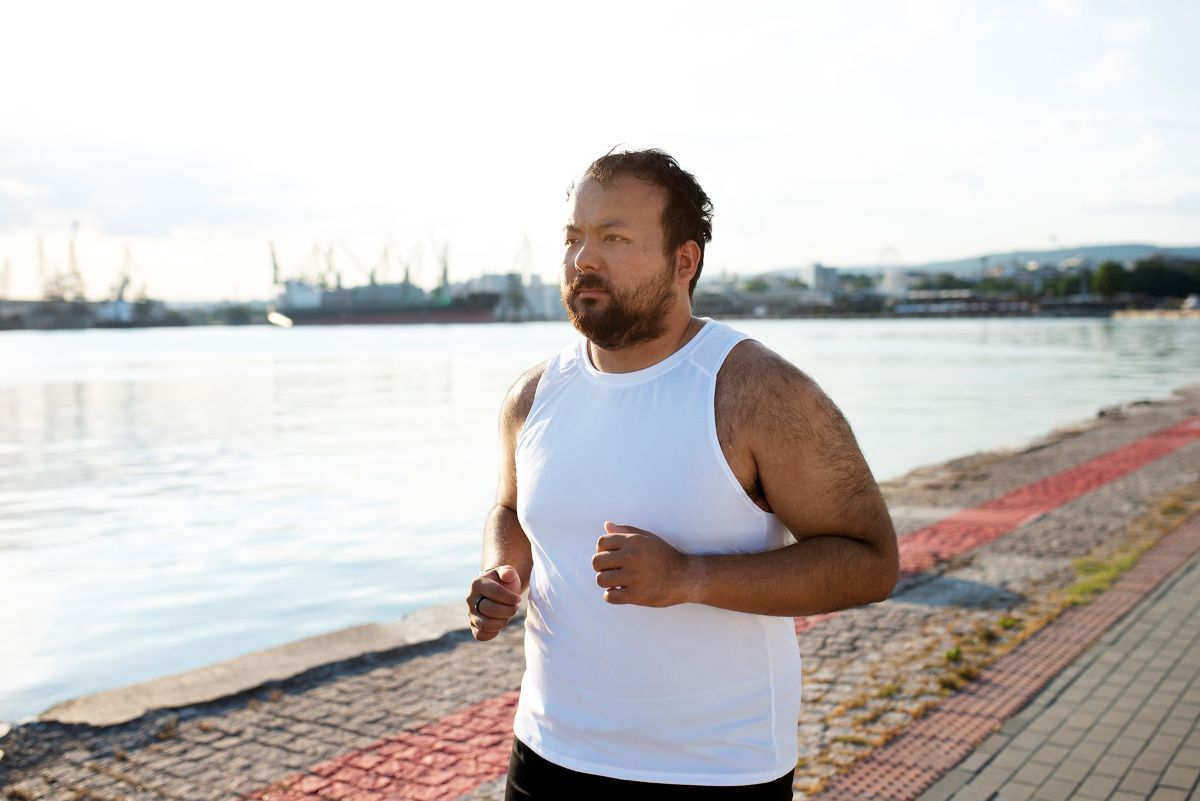
Poisons are inhaled, ingested, or absorbed by your skin, while venoms are delivered by bites and stings
Whether you’re heading out on a hike, planning a camping trip or looking forward to some gardening, spending time outside feels good. And getting out in nature can even benefit your mind and body.
But for all its benefits, nature can also pose risks. The natural world is home to plants and animals that have evolved to protect themselves from predators with all kinds of defenses.
Among them, poisons and venoms that can be dangerous, even life-threatening, to anyone who comes in contact with them. Including you, your kids, and your pets.
“Some people will use ‘poison’ and ‘venom’ interchangeably,” says critical care physician Aanchal Kapoor, MD. “But there are big differences between these two kinds of toxins in terms of their biochemical makeup, how they’re delivered and how they affect you.”
Learning the difference between poison vs. venom is a good first step to keeping yourself safe out there.
Poison and venom are two kinds of toxins. That means they’re substances that cause damage to living things. There’s no shortage of toxic substances that we encounter regularly in our lives. There are toxins in our environment, including things like pollution, certain kinds of plastic and even some detergents. People use the word “toxic” in other ways, too. For example, having a buildup of certain vitamins in your body is called vitamin toxicity. Or you may even consider your workplace a toxic environment if it’s detrimental to your well-being.
Certain plants and animals produce toxic substances. Those toxins come in the form of poisons and venoms. And they can be dangerous, even deadly.
“Poisons and venoms produced by plants and animals can serve two different purposes,” Dr. Kapoor notes. “They can be used primarily as defense mechanisms to protect themselves from a threat. Or they’re used to stun prey when they’re hunting.”
Poisonous
Poisonous plants and animals contain substances that are dangerous to your body if they’re ingested, inhaled, or otherwise enter your body passively. Some poisons can be transferred just by touching your skin. In other words, poisons cause damage by first being absorbed by your cells and then entering your bloodstream.
One of the best-known examples of a natural poison is poison ivy. Just touching poison ivy can cause you to break out in an itchy rash. It can also cause swelling and blisters. Some plants can also be poisonous if they’re eaten.
Certain animals are poisonous. But poisons aren’t relegated to the natural world. Some household products, like cleaning solutions, pesticides, antifreeze and mothballs contain poisonous chemicals. They can make you ill if ingested. Keep these products out of reach of kids and pets. And follow warnings on their label regarding proper safety. That may include things like wearing a mask or gloves and working with them only in well-ventilated areas.
Venomous
Unlike poisons—which need to be absorbed by your body—venom is delivered directly into your bloodstream. Venoms are delivered by something like a bite, sting or scratch that breaks your skin.
“Poisons need to have direct contact with skin or enter your body through your mouth or nose. But venoms are transferred by causing the skin to break down and injecting the substance directly into the bloodstream,” Dr. Kapoor clarifies.
And venom isn’t reserved for members of the animal kingdom. Though most plants are much more likely to be poisonous than venomous, plants can deliver venom. Some spiky plants, like stinging nettle, deliver toxins through their needles. A scratch from a stinging nettle thorn can deliver venom into your blood that can cause a painful, burning, or itching rash.
Protecting yourself from poisons and venoms
Rule No. 1 in staying safe from natural toxins is to do your research ahead of time, Dr. Kapoor advises. “Especially if you’re traveling to a new place with unknown risks, it’s important to understand the inhabitants of that area. What are the common animals and plants there? What are their dangers? How do you identify them?”
Other practical advice for protecting yourself in nature:
- Don’t eat wild plants that you aren’t 100% sure are safe.
- Keep your skin covered in wooded areas, including long sleeves, long pants, closed-toe shoes, and a hat.
- Don’t approach unfamiliar species of insects, reptiles, or other creatures.
- Don’t touch unknown plants.
- Use insect repellant with 20% or more of DEET.
- Keep anti-itch creams and antihistamines on hand in case of exposure.
- Seek prompt treatment
If you believe you’ve been in contact with a dangerous natural poison or have been wounded by a venomous creature, don’t delay treatment. Start by washing and cleaning the area. Check for signs of swelling, and remove any jewelry like watches, bracelets or rings in case swelling progresses.
“Mark the affected area with a pen by drawing a circle around the area,” Dr. Kapoor instructs. “Then, check on the area frequently to see if any skin-related symptoms, like redness or blisters, are progressing.”
Seek emergency care if you notice changes in your skin around the affected area, or if you experience symptoms like:
- Lightheadedness or passing out.
- Swelling in your airways or difficulty breathing.
- Stomach discomforts, like nausea, diarrhea, cramping or vomiting.
- Changes in your pupils, such as them becoming very small or abnormally large.
- Changes in your saliva, like dry mouth or drooling.
Contact poison control online (poison.org) or at 1.800.222.1222 (in the United States) for advice if you have any worries. They can advise you on whether emergency treatment is needed or advise you on how to monitor and treat your symptoms on your own.
Treatment procedures will vary depending on the toxin you’ve been exposed to and the severity of your symptoms. You may need IV fluids, anti-inflammatory medications, antivenom injections or other measures to clear your body of toxins.
Remember to always respect the threat that some plants and animals can pose to your well-being. Plan ahead. Know the risks. And seek medical treatment when needed.
Source: https://health.clevelandclinic.org/poisonous-vs-venomous










